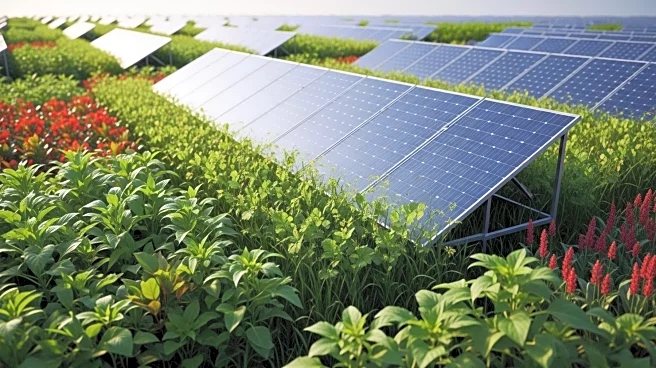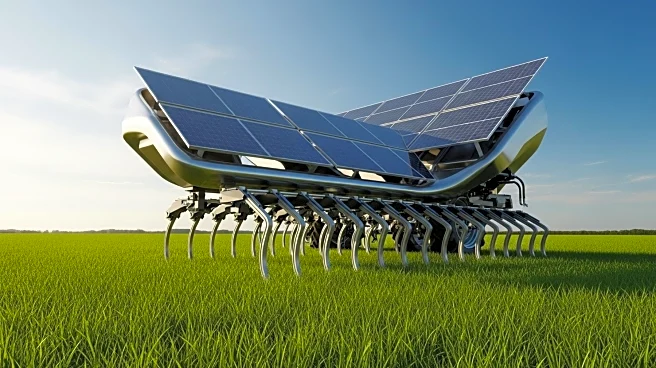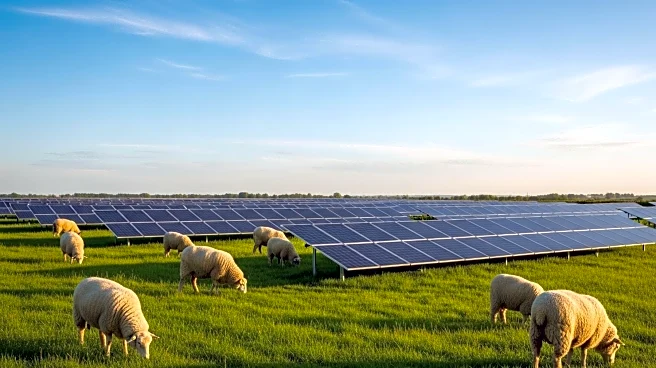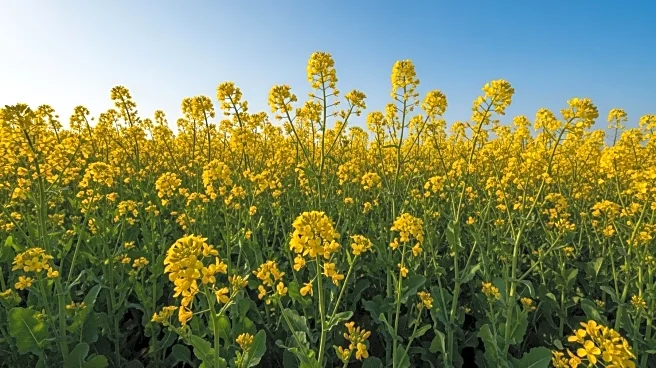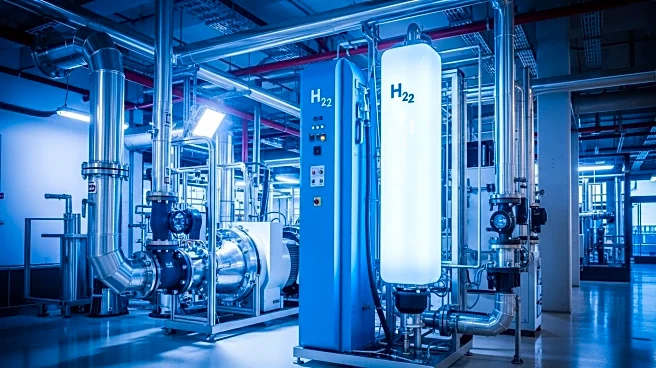What's Happening?
Researchers from Technische Hochschule Ingolstadt in Germany have developed a tool to optimize crop selection for agrivoltaics projects, which integrate agriculture with solar energy. The tool analyzes how 12 staple crops respond to climatic changes, growth patterns, and shading, using data from nearly 20 studies. It aims to enhance food security and energy efficiency by identifying optimal conditions for crops in agrivoltaic systems. The study found that crops like vegetables, berries, and fruit trees benefit from the protection of solar panels, which reduce water evaporation and shield them from extreme weather conditions.
Why It's Important?
Agrivoltaics represents a promising approach to sustainable agriculture, allowing farmers to maximize land use by combining crop production with solar energy generation. This tool could significantly improve the efficiency and profitability of agrivoltaic systems, particularly for small-scale farming communities. By optimizing crop selection, farmers can achieve higher yields and generate additional income from selling excess solar energy. The development of such tools is crucial for advancing agrivoltaics as a viable solution for sustainable rural development and decentralized renewable energy projects.
Beyond the Headlines
The study highlights the potential for agrivoltaics to transform agricultural practices by promoting land conservation and water management. As more farmers adopt agrivoltaic systems, there could be broader implications for food security and energy independence, particularly in regions facing climate challenges. The researchers suggest future studies should focus on AI-driven optimization techniques and real-world pilot projects to further refine agrivoltaic deployment strategies. This innovation could pave the way for more resilient agricultural systems that are better equipped to handle environmental changes.

